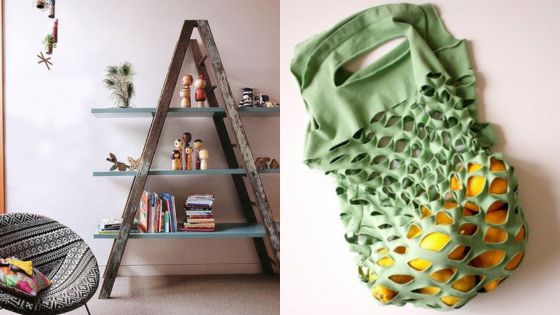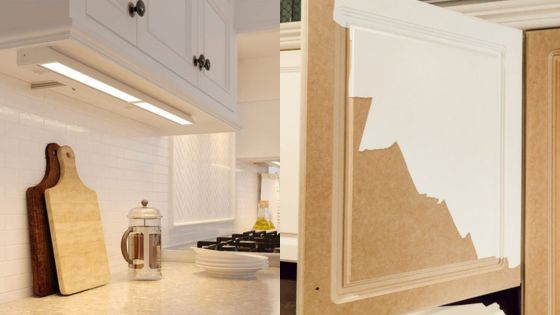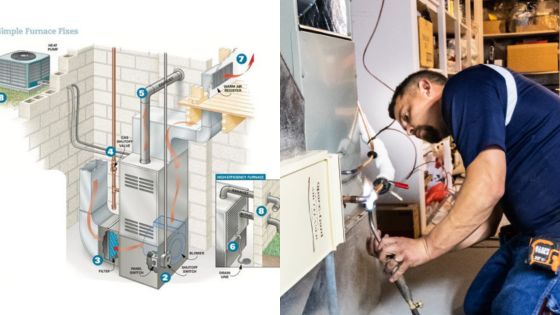DIY home improvement has become an increasingly popular pursuit for homeowners looking to personalize their spaces while also adding value to their homes. Through do-it-yourself projects, individuals can implement customized features and makeovers without the expense of hiring professionals. Empowered by a plethora of online tutorials, innovative tools, and accessible materials, the realm of home renovation is more approachable than ever before.
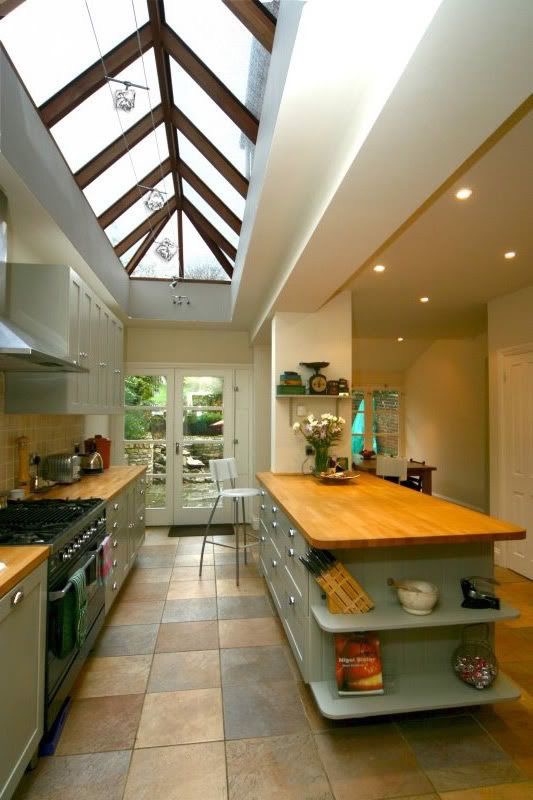
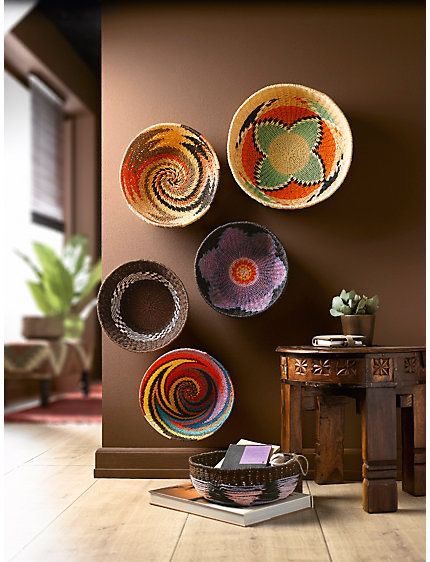
Beginning DIY projects requires some initial planning and research, particularly when considering the scope of the work and the investment involved. Homeowners should prioritize tasks, set realistic budgets, and gather the necessary tools and supplies. Small-scale projects like painting or simple decor changes can offer immediate satisfaction and a sense of accomplishment, while more complex undertakings, such as kitchen and bathroom upgrades, may demand more time and expertise.
Selecting the right fence style can enhance your home’s curb appeal and privacy. Whether you prefer the classic charm of a wooden picket fence, the modern look of metal panels, or the rustic feel of a split rail fence, your choice should complement your home’s architecture. Consider maintenance needs and material durability to ensure your fence remains attractive and functional for years. A well-chosen fence style can transform your home’s exterior, adding beauty and value.
Anchor text: well-chosen fence style
Transforming living spaces doesn’t only enhance aesthetics but also serves as a practical update that can improve the functionality and efficiency of a home. From optimizing bedroom storage to refreshing the laundry room, each project is an opportunity to express personal style and meet the evolving needs of a household. Regular home maintenance and repairs are also key to preserving the integrity and longevity of a property, ensuring it remains safe and comfortable.
Key Takeaways
- DIY home improvement allows personalized space enhancement on a budget.
- Initial planning, budgeting, and tool acquisition are essential steps.
- Regular maintenance is vital for home safety and long-term value.
Getting Started with DIY Home Improvement
Venturing into DIY home improvement projects is an effective way to personalize and maintain your home. One should be equipped with the right tools, aware of safety practices, and have a well-thought-out plan before beginning.
Essential DIY Tools
For any beginner, acquiring essential tools is crucial for a variety of DIY projects. Below is a table of basic tools and their primary uses:
| Tool | Use |
|---|---|
| Claw Hammer | Driving and removing nails |
| Screwdriver Set | Tightening or loosening screws |
| Adjustable Wrench | Loosening or tightening bolts |
| Tape Measure | Accurate measuring |
| Utility Knife | Cutting materials |
| Level | Ensuring horizontality |
| Pliers | Gripping and bending materials |
These tools form the foundational kit for most home improvement tasks.
Safety Tips
Safety should be a primary concern when embarking on DIY tasks. Here are some key tips:
- Wear Protective Gear: Use gloves, goggles, and ear protection as needed.
- Read Manuals: Always read and follow the manuals of power tools.
- Maintain a Clean Workspace: Ensure the area is free of hazards and that tools are securely stored when not in use.
Adhering to these safety tips can prevent accidents and ensure a safe working environment.
Planning Your Projects
For a successful DIY project, one must allocate time for planning. This involves:
- Identifying Scope: Determine what the project entails and what you are capable of completing.
- Budgeting: Estimate the cost of materials and tools needed.
- Timing: Schedule when the project will take place, considering the time required for completion.
Proper planning can save time, reduce stress, and contribute to the success of the DIY home improvement endeavor.
Budgeting for Your Projects
Effective budgeting is essential to successfully completing home improvement projects without financial strain. It ensures that resources are allocated efficiently and expenses are anticipated.
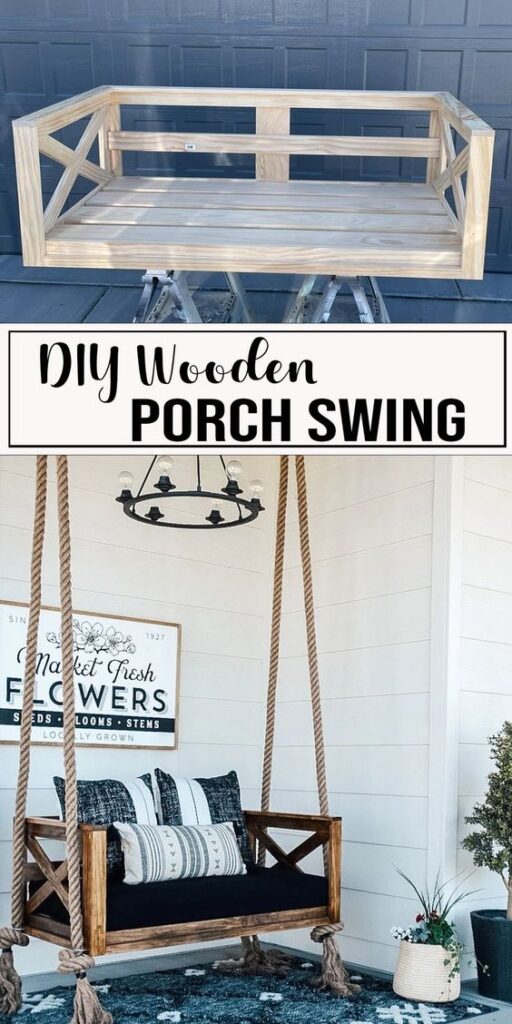
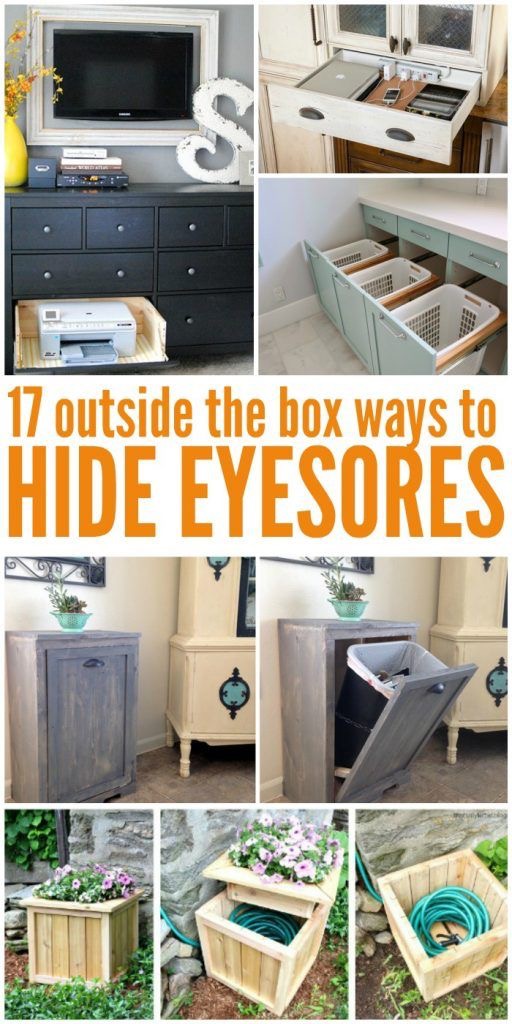
Cost-Saving Tips
When embarking on DIY home improvement, the goal is to enhance one’s living space without overspending. One should prioritize comparing prices and quality of materials from different suppliers. Bulk purchasing materials for multiple projects can lead to discounts and savings. Choosing to refurbish or repurpose existing furniture or materials rather than buying new can significantly reduce costs. Additionally, timing purchases for sales events can result in considerable savings.
Key areas where homeowners can save include:
- DIY vs. Professional: Evaluate which projects can be safely and effectively completed without professional help to cut labor costs.
- Energy Efficiency: Investing in energy-efficient appliances and materials can save money in the long term on utility bills.
Budget Planning
Creating a detailed budget plan is critical for the smooth execution of home improvement projects. Homeowners should start by listing all the anticipated expenses, breaking them down into categories such as materials, tools, and potential labor. Allocating a contingency fund of approximately 10-20% of the total budget can help cover unexpected costs.
Here’s an example of how to structure a budget:
| Expense Category | Estimated Cost | Actual Cost | Difference |
|---|---|---|---|
| Materials | $3000 | ||
| Tools | $200 | ||
| Labor | $500 | ||
| Contingency | $500 | ||
| Total | $4200 |
Monitoring expenses in real-time will help one stay on budget. It is advisable to track each purchase and update the budget accordingly. This disciplined approach allows for adjustments along the way and helps prevent overspending.
Decorating and Design
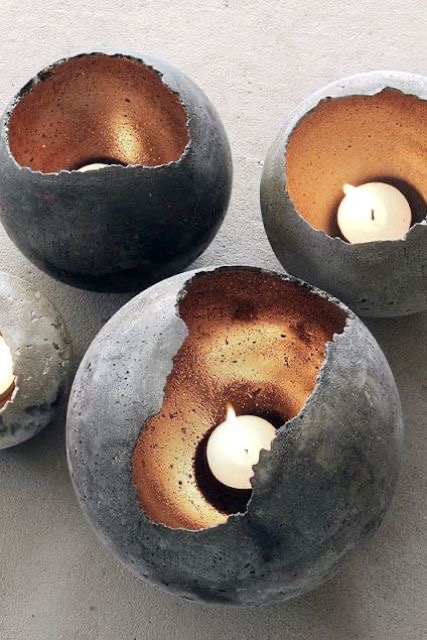
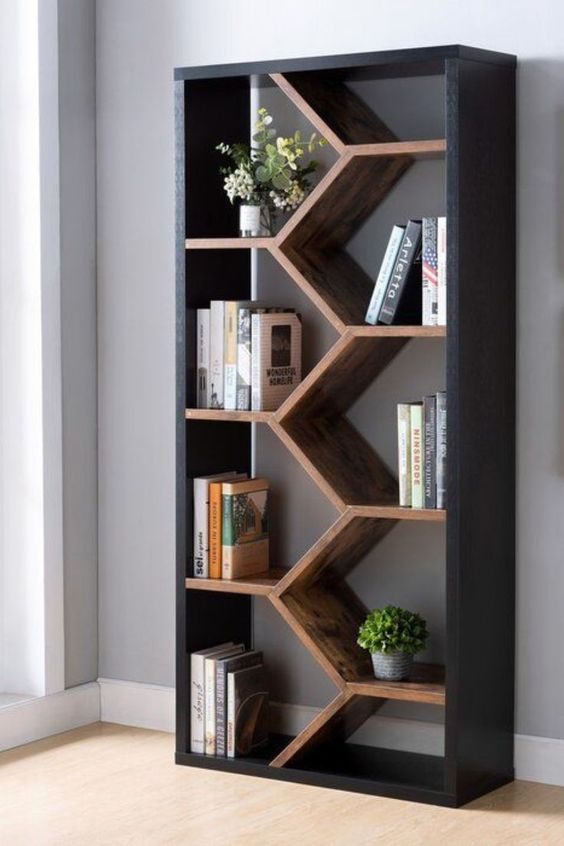
Decorating and designing a space requires a careful selection of colors, patterns, and textures to create a cohesive look. One must consider how different elements will interact within a space to achieve the desired atmosphere.
Choosing a Color Scheme
When selecting a color scheme, individuals should consider the mood they want to evoke in a room. Soft, pastel colors can create a calming effect, while bold, vibrant hues might energize the space. One strategy is to use the 60-30-10 rule where 60% of the room is the dominant color, 30% is a secondary color, and 10% is an accent color.
- Dominant Color: This will be the paint on the walls or the primary wallpaper pattern.
- Secondary Color: This can be brought in through furniture or large décor items.
- Accent Color: For pops of color, utilize decorative pillows, artwork, or spray paint for small items.
Utilizing color wheels or sample paint swatches can help in identifying complementary colors. Additionally, one could draw inspiration from a key piece of art or fabric within the room.
Decorative Elements

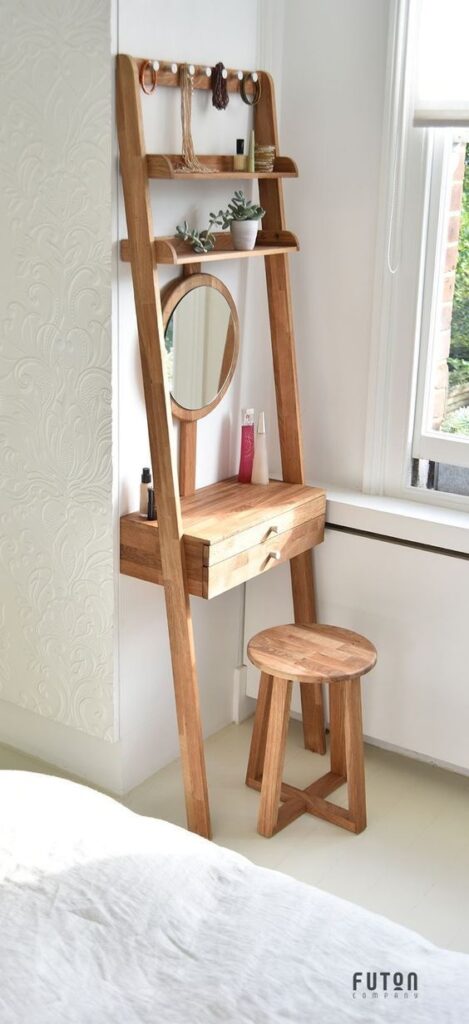
Incorporating decorative elements into a room is key to enhancing its design. Textures and patterns add depth and interest to a space. One can’t overlook the impact of:
- Wallpaper: It can serve as a focal point or an accent within a room. Textured wallpapers like faux brick wall panels can add dimension, while bold patterns can make a statement.
- Shiplap: It adds a rustic, cozy charm to walls, commonly used in farmhouse-style homes.
- Crown Molding and Chair Rail: They are classic decorative elements that can add elegance and architectural detail.
| Feature | Description | Tips |
|---|---|---|
| Crown Molding | A decorative trim that transitions the wall to the ceiling. | Paint in a contrasting color to highlight. |
| Chair Rail | Horizontal molding on walls, historically used to protect walls. | Align with the style of the room to ensure consistency. |
| Spray Paint | A versatile tool to refresh or customize accessories. | Use primer for a durable finish. |
One should also consider scale and proportion when selecting decorative elements, ensuring they fit the space without overwhelming it. The careful placement of these features will lead to a balanced and aesthetically pleasing design.
Upgrading Kitchens and Bathrooms
Upgrading a kitchen or bathroom can significantly enhance one’s home. Focused upgrades like modern fixtures and strategic storage solutions can transform these spaces.
It’s also recommended to install shelving on top of the washing machine and clothes dryer. This will maximize vertical space, creating additional storage for laundry essentials like detergents, fabric softeners, and cleaning supplies. It will keep these items organized and within easy reach, making laundry tasks more efficient. Shelves also help declutter the laundry area, providing a neat and tidy appearance. This setup is particularly beneficial in small laundry rooms where floor space is limited, allowing you to make the most of the available space.
Replacing Fixtures
In both kitchens and bathrooms, fixtures play a key role in functionality and style. Homeowners can replace outdated faucets with sleek, new models that conserve water and add a contemporary look. For instance, installing a high-arc kitchen faucet can make filling pots easier, while a rainfall showerhead in the bathroom offers a luxurious experience. Here’s a simple guide:
| Area | Fixture Upgrades |
|---|---|
| Kitchen | – Touchless faucets – Pull-down sprayers |
| Bathroom | – Low-flow toilets – Modern sink faucets |
Installing Backsplashes
For those seeking unique and durable options, consider incorporating stone sinks into your kitchen or bathroom remodel. Stone sinks blend elegance and practicality, with their natural aesthetics and long-lasting material significantly upgrading these essential spaces.
Adding a tile backsplash to a kitchen or bathroom is a practical and stylish update. In kitchens, backsplashes protect walls from spills and splatters, while in bathrooms, they can be a focal point. Glass or ceramic tiles are popular choices due to their durability and ease of cleaning. Homeowners should consider:
- Tile Material: Choose based on durability, maintenance, and style.
- Color and Pattern: Select colors that complement the room’s palette.
Cabinet and Storage Solutions
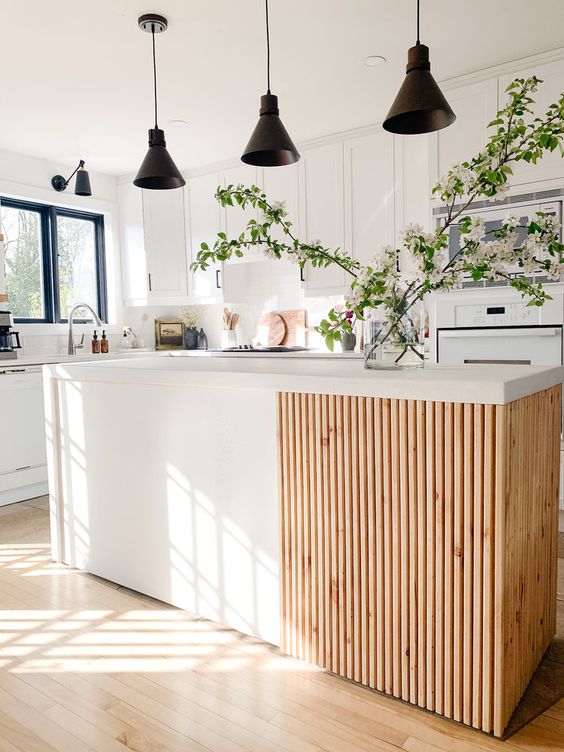
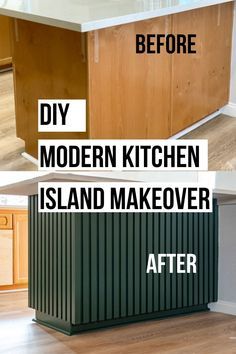
Efficient storage solutions, such as floating shelves or a barn door for pantry or closet entry, maximize space in kitchens and bathrooms. Cabinets with organizational compartments help in decluttering, and pull-out drawers make accessing pots and pans simpler. In bathrooms, vanity upgrades can improve storage and aesthetics.
Kitchens:
- Install floating shelves for an open, airy look.
- Use a barn door to save space and add character.
Bathrooms:
- Update vanity cabinets for a fresh look and better organization.
- Consider built-in niches in showers for toiletries.
Living Spaces Transformation
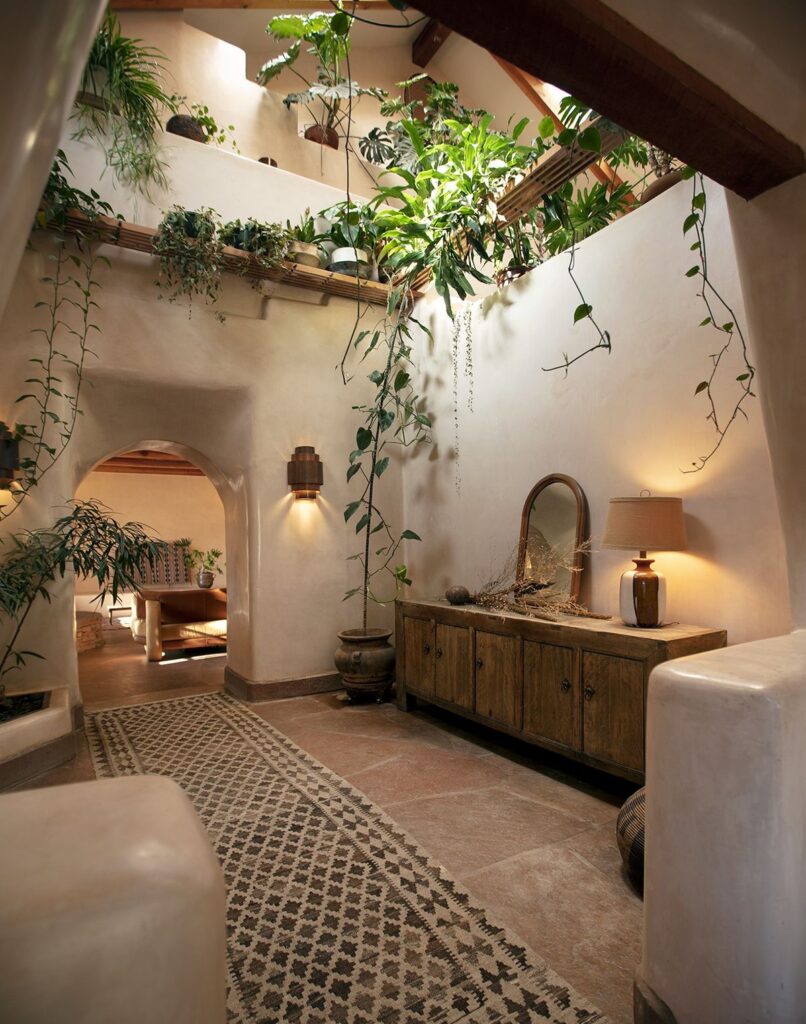
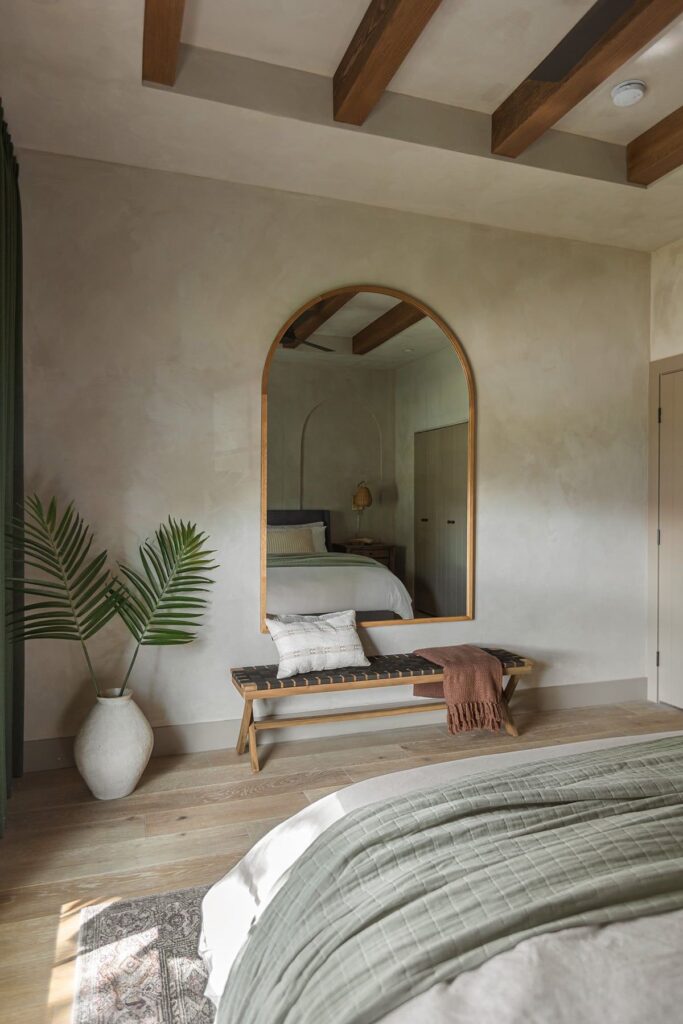
Transforming your living space can aesthetically enhance your home while improving functionality. These changes can include updating the flooring, lighting fixtures, and wall trims which not only refresh the area but often contribute to better organization and storage solutions.
Flooring Installation
When installing new vinyl flooring, individuals can achieve a modern look with the added benefit of durability and ease of maintenance. Vinyl flooring, often praised for its resilience against spills and heavy traffic, can be laid out in sheets, planks, or tiles. Here’s a basic list of materials and tools required:
- Vinyl flooring: Available in various patterns and textures.
- Adhesive: Specific to vinyl installation.
- Trowel: To apply adhesive evenly.
- Utility knife: For cutting the vinyl to fit the room.
- Roller: To ensure secure attachment of the vinyl to the subfloor.
A step-by-step approach helps in the seamless execution of the task:
- Measure the room for the vinyl flooring.
- Cut the material to fit the space.
- Apply adhesive with the trowel.
- Lay down the vinyl, pressing firmly.
- Use the roller to remove air bubbles and secure the bond.
Installing Light Fixtures
Upgrading light fixtures serves as a dual function of enhancing room lighting and acting as visual elements in a living space. They can also play a role in highlighting certain areas and can potentially increase storage visibility. The following steps will assist in installing a new light fixture safely:
- Turn off the power to the circuit.
- Remove the old fixture and disconnect the wiring.
- Connect the wiring for the new fixture.
- Mount the fixture following the manufacturer’s instructions.
- Restore power and test the fixture.
For the best results, one should choose fixtures that complement the space and provide the right level of brightness. Strategic placement can also make spaces feel larger and more welcoming.
Adding Wall Trims
Wall trims—also known as moldings—add character and dimension to living spaces, besides concealing joint gaps between walls and flooring or ceilings. The process includes measuring, cutting, and affixing trims to the perimeter of the room:
Materials Required:
- Trim molding: Pick styles that complement your existing décor.
- Nails or adhesive: To hold trim in place.
- Paint or stain: To finish the trim, matching or contrasting with your walls.
Tools Needed:
- Saw: For cutting trim to size.
- Hammer or nail gun: For attaching trim if using nails.
- Caulk and caulk gun: To seal joints and gaps.
The steps for this process are:
- Measure the walls to determine the length of trims needed.
- Cut the trim at a 45-degree angle for corners.
- Affix the trims using nails or adhesive.
- Apply caulk to seal and finish the trim.
Adding mirrors framed with matching or complementary trims can further elevate a living space, adding function and a sense of increased space.
Boosting Curb Appeal
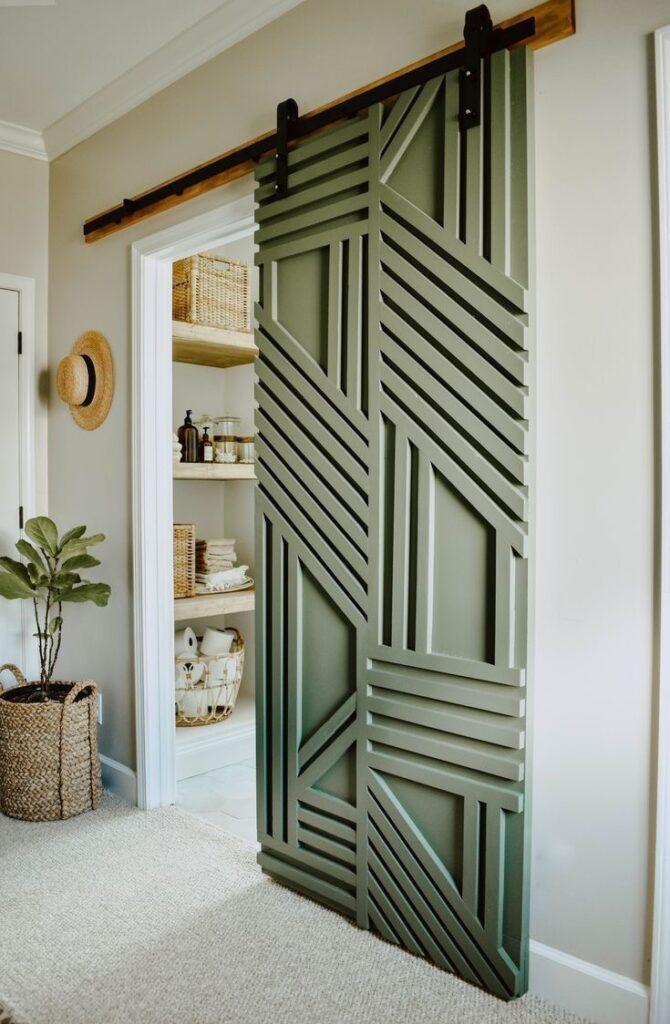
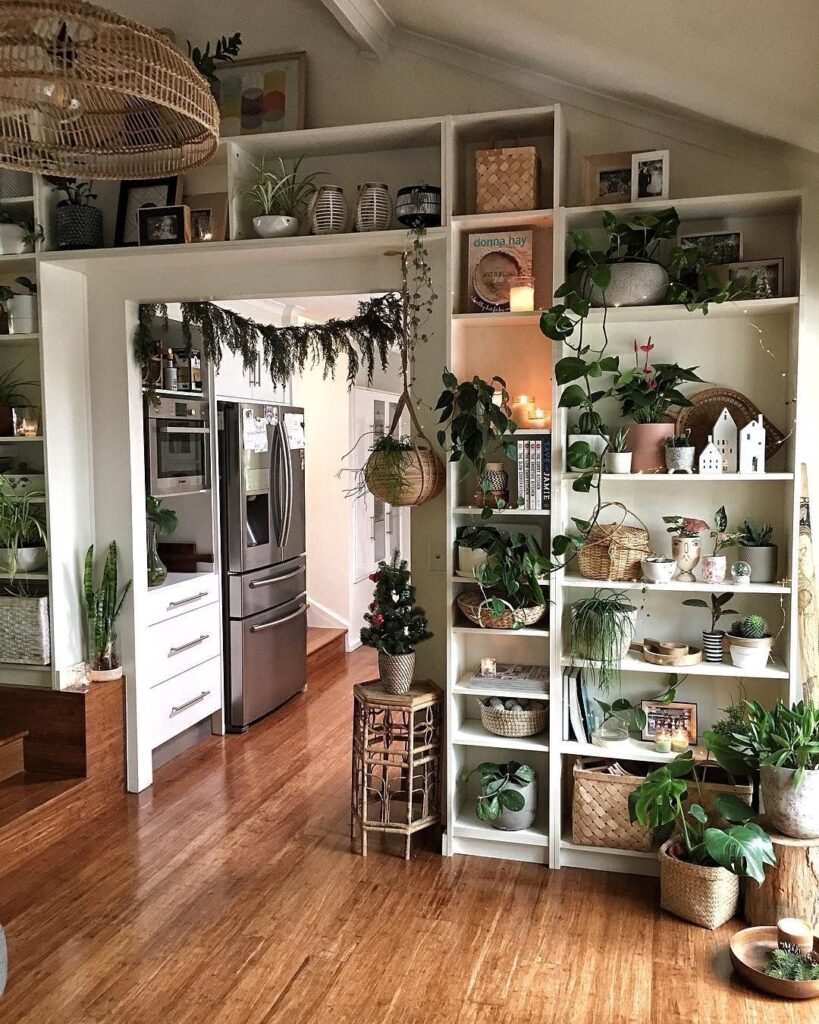
Curb appeal creates a first impression that can significantly affect a home’s perceived value and allure. Employing a few key strategies can dramatically enhance a property’s exterior.
Refreshing the Front Door
The front door acts as the focal point of a home’s exterior. A fresh coat of paint can rejuvenate an outdated door. Homeowners should select a color that complements their house’s design but also stands out. Installing a new door handle or knocker can add a touch of elegance.
- Color Selection Choices:
- Bold: for a statement
- Subdued: for a classic look
Accents to consider:
- Knockers: Brass or nickel for a polished appearance
- Handlesets: To provide both security and style
Exterior Painting
Applying new paint to a home’s exterior instantly revitalizes its appearance. One should choose quality brands offering weather-resistant properties to ensure longevity. It’s important to prepare surfaces properly before painting to achieve the best result.
- Preparation Steps:
- Clean: Remove dirt and grime.
- Repair: Fix any damage to siding or trim.
- Prime: Apply a primer to ensure paint adhesion.
Paint Attributes:
- Durability: Resists weathering
- Pigment: Offers strong, lasting color
Outdoor Lighting
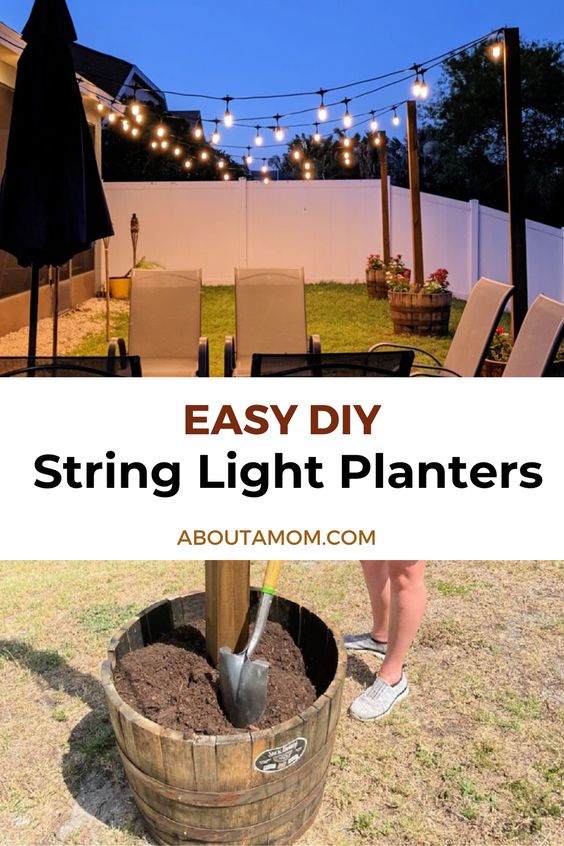
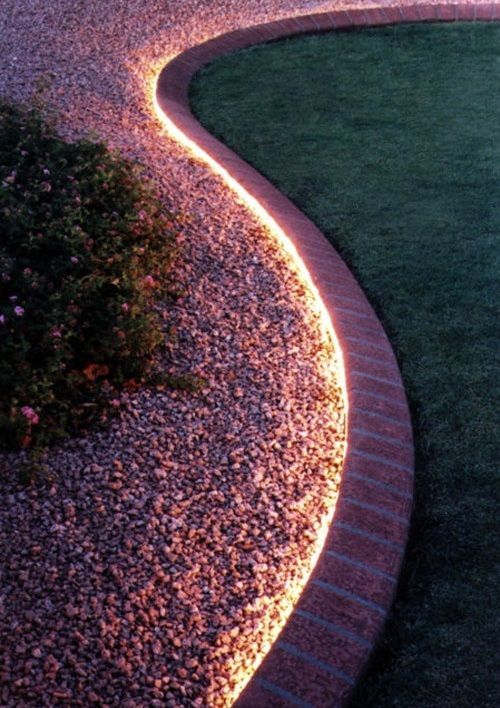
Good outdoor lighting blends functionality with aesthetics. Strategic placement of lighting fixtures provides safety while also enhancing the outdoor space. String lights can introduce a warm ambiance to a garden or patio area.
Lighting Types:
- Wall fixtures: Next to the front door for visibility
- Path lights: Along walkways for guidance
- String lights: Above seating areas for a cozy feel
Considerations for Lighting:
- Brightness: Enough to light areas without being intrusive
- Style: Complementary to the home’s exterior design
Smart Bedroom Updates
Updating a bedroom can enhance comfort and functionality. These DIY projects prioritize ease of implementation and personalization of space.
DIY Headboards
A custom headboard is a straightforward project that can instantly elevate the look of a bedroom. Materials like reclaimed wood, upholstered panels, or even a repurposed door can provide a unique aesthetic. Use screws and mounting brackets to securely fix the headboard to the bed frame or the wall.
- Choose the material: Wood, fabric, etc.
- Measure and Cut: According to bed width.
- Finish as Desired: Paint, stain, or upholster.
- Install: Secure to the wall or bed frame.
Creating Storage Space
Maximizing storage space in a bedroom is crucial, especially in smaller rooms. One can build shelves above the bed or transform the bed frame to include drawers. Consider multi-functional furniture, like an ottoman that offers both seating and storage.
- Under-bed storage:
- Drawers on wheels
- Baskets or bins
- Above-bed shelves:
- Floating shelves
- Bookcases
- Multi-purpose furniture:
- Storage bench
- Bedside table with drawers
Utilizing vertical space and furniture with built-in storage reduces clutter and maintains a tidy bedroom environment. These changes are both functional and stylish, reflecting innovative DIY home project ideas.
Laundry Room and Utility Upgrades
When updating the laundry room, she focuses on maximizing space and improving functionality. She chooses DIY solutions that are not just practical but also aesthetically pleasing, ensuring the area is both organized and inviting.
Adding Shelving
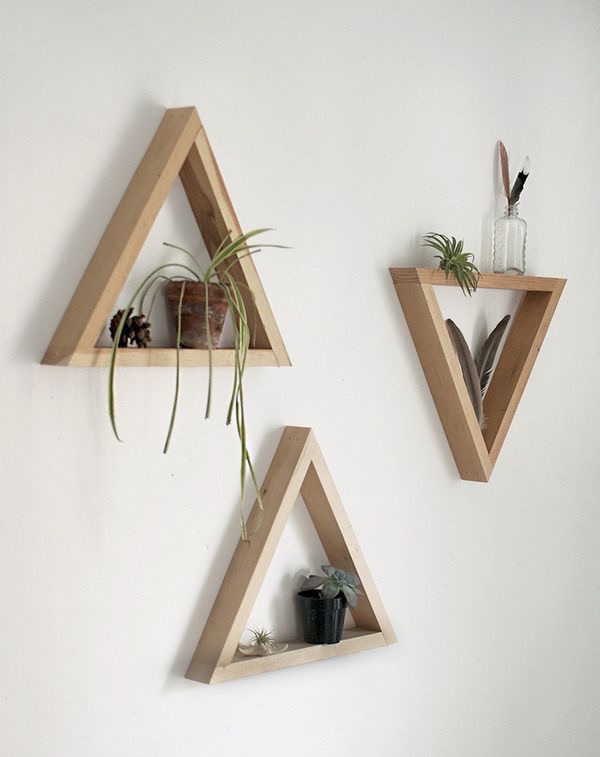

She introduces wire shelving to her laundry room to utilize vertical space, which is often underused. Wire shelving is a popular choice due to its durability, versatility, and ease of installation. She installs the shelves above appliances and along empty wall spaces, creating ample room for laundry necessities and storage baskets.
- Measurements: She carefully measures the space above her washer and dryer to ensure a proper fit.
- Material Selection: She selects epoxy-coated wire shelving, as it resists rust and can handle the moisture typical in a laundry room.
- Installation: She marks the wall stud locations to securely anchor the shelves, using a level to keep them straight.
Functional Decor

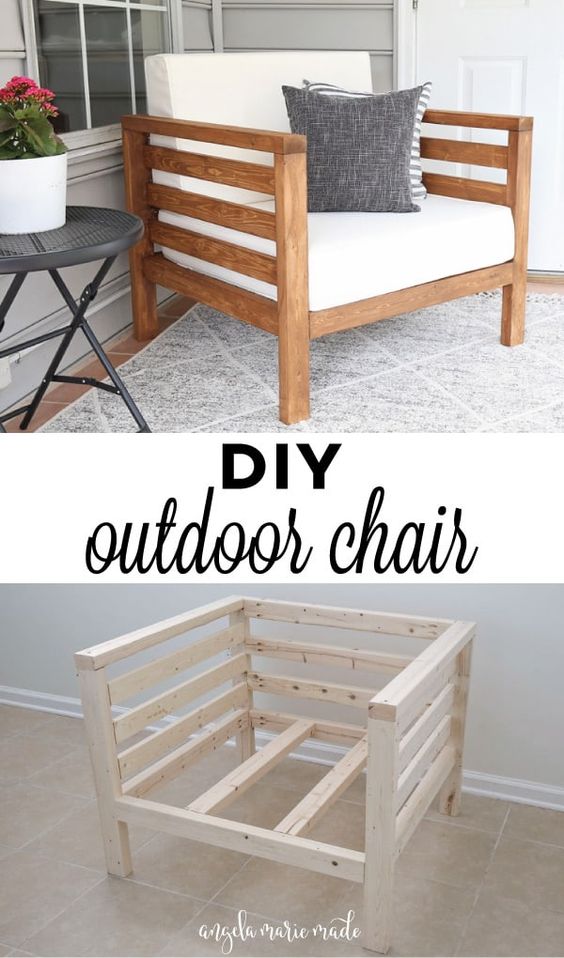
She turns her utility space into a sanctuary of efficiency with the use of functional decor. A wall-mounted ironing board becomes both a tool and a decorative element when not in use. She opts for a fold-down model that saves space and blends with the room’s aesthetic when folded.
Hooks and Racks: She doesn’t overlook the importance of hooks and racks. A dedicated space for hanging delicate items to air-dry or a small rack for cleaning supplies keeps the room orderly and functional. Here’s how she incorporates them:
- Strategic Placement: Near the dryer for easy access when unloading.
- Design: Choosing styles that match the room’s overall decor maintains visual consistency.
Home Maintenance and Repairs
Additionally, more homeowners are considering the impact of construction materials beyond durability and price. Many modern homes include repurposed or recycled natural materials to reduce new resource demand and improve environmental impact. One such building material supplier is Dallwig Brothers.
Regular home maintenance and prompt repairs prevent small issues from becoming costly problems. It’s important to address common household issues and protect the home against weather-related damage.
Fixing Common Issues
Drafty Windows: Drafty windows can lead to increased energy costs. To fix this, homeowners should check for gaps and apply weatherstripping or caulk. For a stripped screw in window frames, placing a rubber band over the screwhead before using the screwdriver can provide extra grip.
Ceramic Tile Maintenance: Ceramic tiles can crack or come loose. If they do, remove the broken tile with a chisel, apply new adhesive, and replace with a new tile. Regular cleaning and sealing of grout lines help prevent water damage and mold growth. DIY enthusiasts may also need to make key copies for various projects, such as installing new locks or ensuring spare keys are available for other family members.
Weatherproofing Your Home
To weatherproof a home, one should:
- Inspect and replace old weatherstripping around doors and windows.
- Apply sealant to gaps in exterior walls and foundations to prevent air leaks.
- Insulate attics and walls adequately to maintain indoor temperatures.
By following these maintenance steps, homeowners can ensure their homes remain comfortable and energy-efficient.
DIY Project Showcase
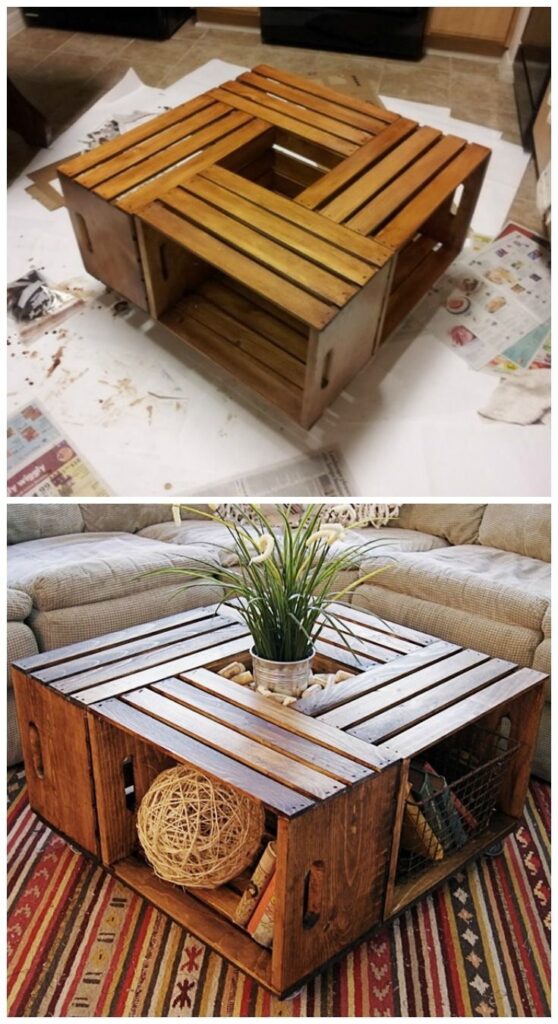
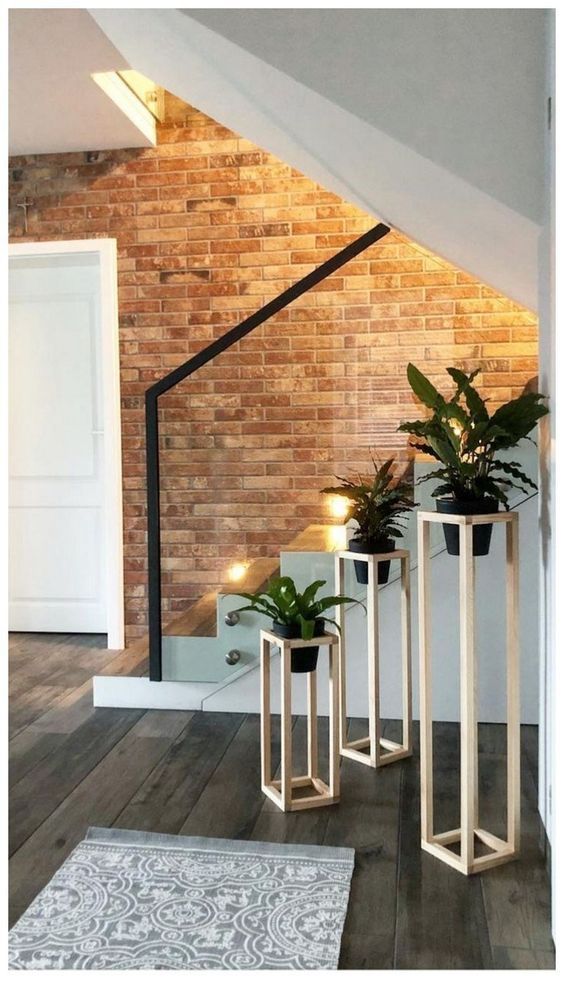
Home Improvement Projects:
They embark on various projects to enhance their living spaces. Capabilities range from simple paint upgrades to complete room overhauls, relying on personal design preferences and desired functionality.
Featured Project: Kitchen Cabinet Makeover
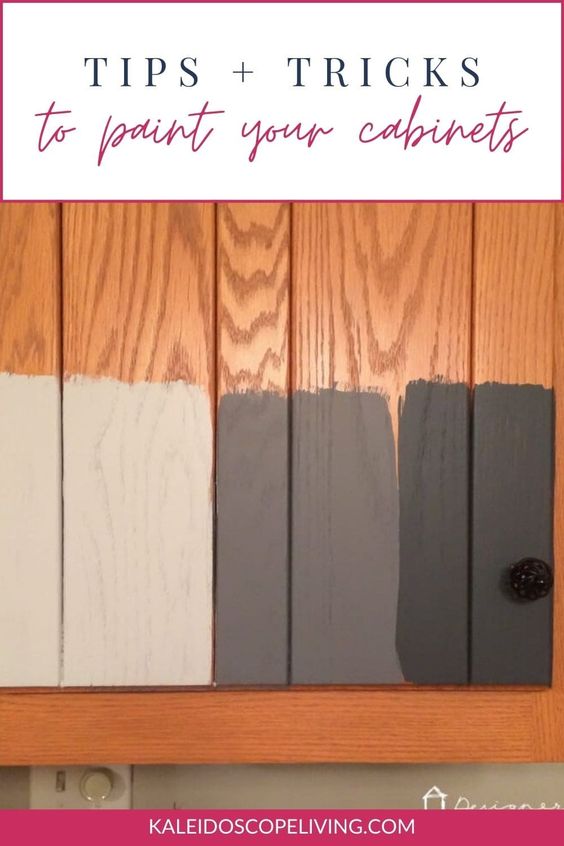

Before:
- Dated wooden cabinets
- Peeling finish
- Out-of-style hardware
After:
- Cabinets sanded and painted a modern, neutral tone
- New sleek, silver handles installed
- Overall look is cohesive and updated
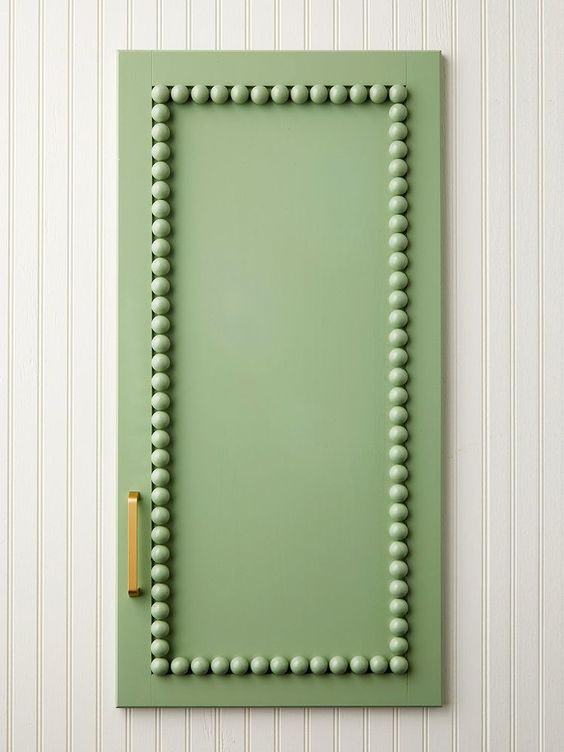

Budget-Friendly Design Tips:
- Accent Walls: They create a bold statement with an accent wall by using high-quality paint in a vibrant color.
- Repurposed Materials: Old items are given new life, such as turning an aged door into a stylish headboard.
Upgrades That Make an Impact:
- Lighting Fixtures: Outdated fixtures are replaced with contemporary designs to transform the room’s ambiance.
- Hardware: Small details like drawer pulls and doorknobs are swapped for updated styles to make a noticeable difference.
Painting Projects That Pop:
- Stencil Art: A subtle yet sophisticated design is added to walls using stencils and contrasting paint colors.
- Furniture Revival: Worn or vintage furniture pieces are rejuvenated with a fresh coat of paint, aligning them with current design trends.
- 139shares
- Facebook0
- Pinterest139
- Twitter0
